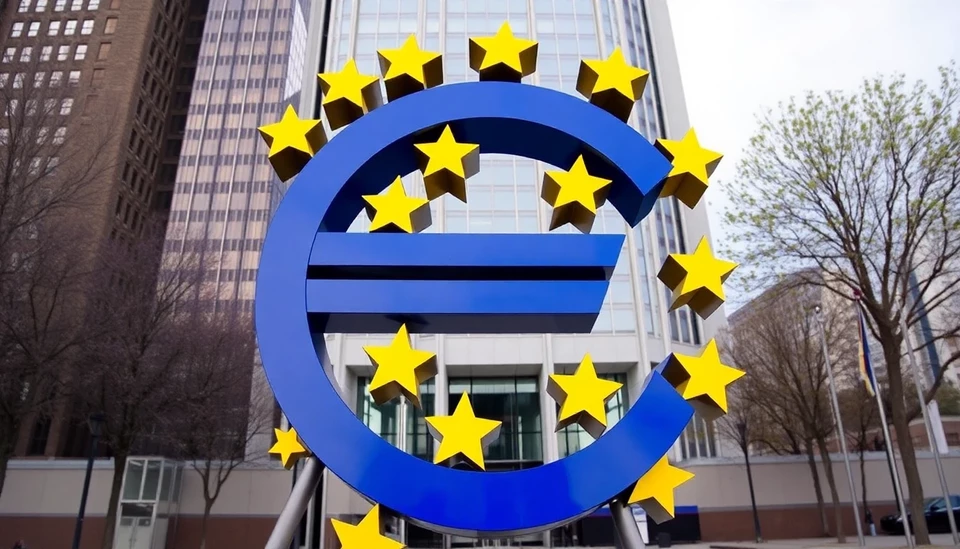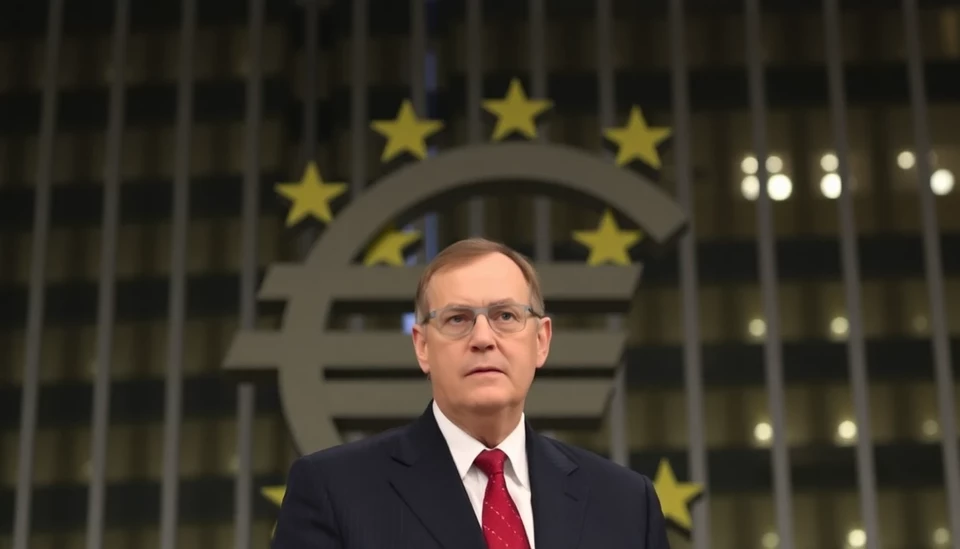
In a significant turn of events in the global economic landscape, the European Central Bank (ECB) has decided to cut interest rates, signaling a notable shift in monetary policy. This move is largely seen as a response to ongoing economic challenges within the Eurozone, as policymakers face pressures from stagnating growth and low inflation rates.
The ECB's decision came following extensive review and consideration of current economic indicators. The central bank aims to stimulate borrowing and investment in an effort to rejuvenate economic activity across member states. This marks a pivotal moment, as the ECB previously adopted a more hawkish stance aimed at stabilizing inflation rates.
Meanwhile, on the other side of the Atlantic, Canada’s central bank opted to maintain its current interest rates, highlighting a contrasting economic strategy. Canadian policymakers appear more focused on sustaining economic stability in the face of persistent inflation and consumer spending concerns. By keeping rates steady, the Bank of Canada aims to foster a balanced approach to growth without exacerbating inflationary pressures.
The divergence in monetary policies between the ECB and the Bank of Canada underscores varying economic conditions and outlooks in these regions. While Europe grapples with a sluggish recovery and inflation that has yet to reach pre-pandemic levels, Canada’s economic indicators suggest a more resilient growth trajectory. This situation raises important questions about the implications for both domestic and international market dynamics.
As global markets respond to these monetary policy shifts, analysts predict increased volatility, particularly for currencies and bond markets. The contrasting strategies will likely influence investment decisions, as stakeholders assess the risk and opportunity landscapes in each region.
Investors remain keenly attentive to how these changes will play out, especially in light of forthcoming economic data releases and geopolitical developments that could further impact market sentiment. With the ECB's actions now in play, the focus will shift to how effectively these rate cuts translate into tangible economic benefits.
As the situation evolves, it’s critical for policymakers and market participants alike to stay informed and agile in their responses to this rapidly changing economic environment.
#ECB #Canada #InterestRates #GlobalEconomy #MonetaryPolicy #EconomicGrowth #MarketTrends #FinanceNews
Author: Daniel Foster




